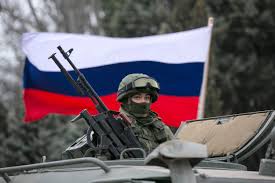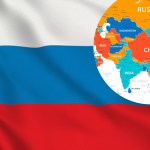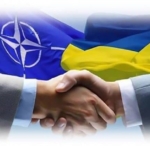The handbook, a slick sixty-eight-page publication packed with photos and data on Russian equipment that might be used to wage asymmetric warfare focused on Russian operations in Ukraine and the Crimea, which involved small special-operations troops—sometimes operating undercover—and small, heavily armed formations of regular Russian troops backing local separatist groups, The National Interest reports. It concludes that Russian strategy is based on achieving regime change through teaming up with local proxy forces, rather than conventional military victory by Russian troops. “Because the new objective is the change of an entire system of government, the RNGW approach can use any lever of influence in their reach to achieve this change,” the U.S. army study explains. “Not all regime changes have to be resolved with a military option, but when a military lever is activated, it is done by, with, and through segments of the local population. The involvement of locals gives validity to military action on the world stage”.

Germany to roll out mass golding centres for asylum seekers
Germany’s policy to embed new arrivals in communities across the country is being reversed as a









